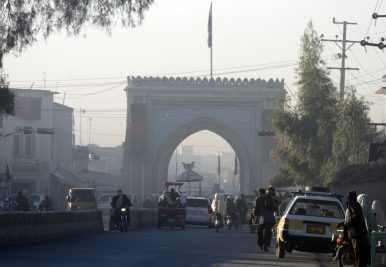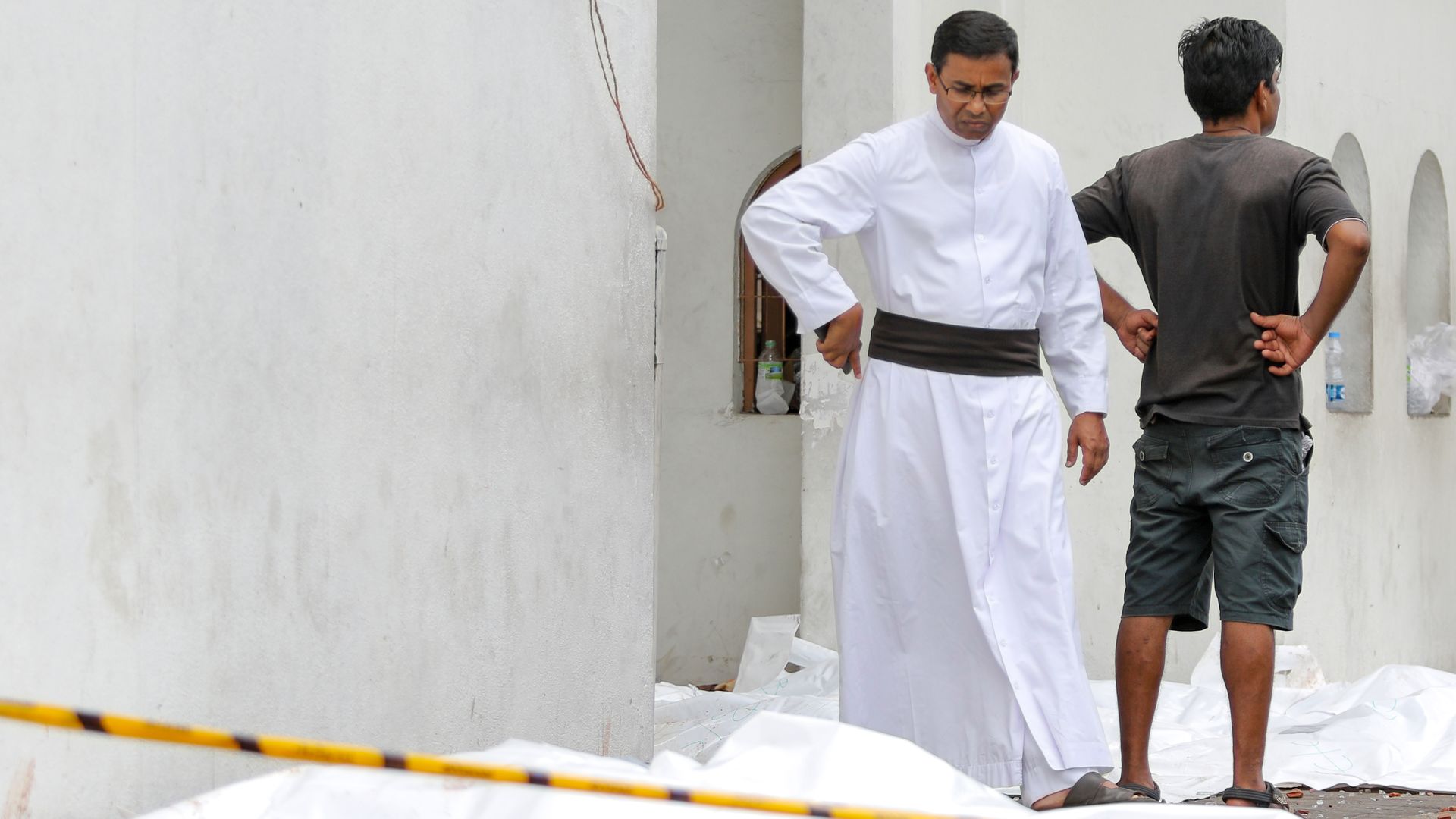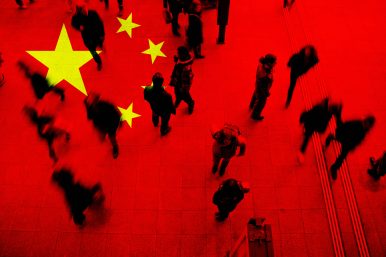Shamika Ravi
As nearly a billion Indians go to the polls this month and next, no one doubts jobs will be central to their vote. We just can’t agree on whether the employment picture is rosy or dark. While the government cites payroll data to claim significant job creation, the opposition holds up a leaked preliminary report that pegged unemployment in 2017 at 6.1 percent, which if true would be the highest rate in 45 years.
It might be more useful instead to concentrate on the most recent numbers we can all agree on, which come from a government survey of over 150,000 households across India between April and December of 2015. Although dated — it was conducted before demonetization and the introduction of a nationwide goods-and-services tax — the survey reveals several interesting things about employment in India, including one trend of particular relevance to policymakers and another to jobseekers.
The data suggest that, at least in 2016, unemployment hovered around 5 percent. More worryingly, the labor force participation rate stood at an unusually low 50 percent, meaning only half the working-age population was actively working or seeking employment. By comparison, China’s labor participation rate averaged 75 percent from 1990 to 2017. Rates in other emerging Asian economies such as Vietnam (77 percent), Indonesia (70 percent), Thailand (69 percent) and Bangladesh (57 percent) are typically much higher as well.















